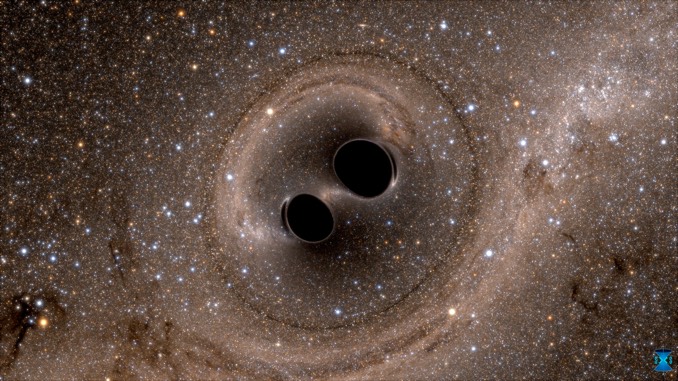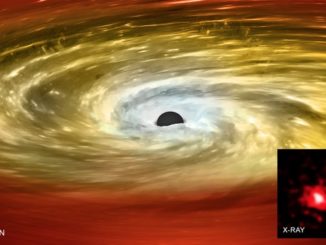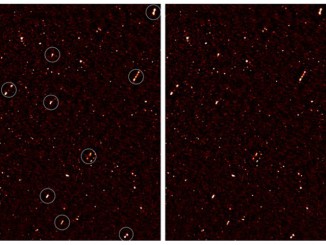
Physicists analysing gravity waves generated in the merger of two black hole have found “overtones” in the brief post-merger signal, allowing them to independently calculate the resulting hole’s mass and spin in agreement with the predictions of Einstein’s general theory of relativity.
The analysis also supports the “no hair” theorem, originally postulated by physicist John Archibald Wheeler, stating that a black hole’s spin, mass and electric charge are the only characteristics of the collapsed bodies that can be directly observed.
“We all expect general relativity to be correct, but this is the first time we have confirmed it in this way,” said Maximiliano Isi, a NASA Einstein Fellow in MIT’s Kavli Institute for Astrophysics and Space Research and lead author of a paper describing the analysis in Physical Review Letters.
“This is the first experimental measurement that succeeds in directly testing the no-hair theorem. It doesn’t mean black holes couldn’t have hair. It means the picture of black holes with no hair lives for one more day.”
On 9 September 2015, the Laser Interferometer Gravitational-wave Observatory – LIGO – made the first-ever observations of gravitational waves from the merger of two black holes, an event dubbed GW150914. The data showed a waveform that rose to a sharp crescendo and quickly faded. Translated into sound, researchers heard a distinctive “chirp.” The loudest part of that chirp marked the moment the two black holes collided.
The newly formed black hole likely generated gravitational waves of its own as it pulsated in the immediate aftermath of the merger, but researches assumed the signal would be too faint to detect with current instruments.

But previous work led by Matthew Giesler, co-author of the new paper, showed through simulations that short-lived overtones should be present just after the collision. Re-analysing the LIGO detection of GW150914, the team was able to isolate the gravitational ringing of the newly formed black hole in the final few milliseconds of the chirp.
Two distinct “tones” were found, each with a pitch and decay rate that could be measured.
“We detect an overall gravitational wave signal that’s made up of multiple frequencies, which fade away at different rates, like the different pitches that make up a sound,” Isi said. “Each frequency or tone corresponds to a vibrational frequency of the new black hole.”
According to the general theory or relativity, the pitch and decay of a black hole’s gravitational waves depends on its mass and spin. The observed pitch and decay found in the GW150914 signal matched measurements of the black hole’s mass and spin determined earlier using a different technique.
“In the future, we’ll have better detectors on Earth and in space, and will be able to see not just two, but tens of modes, and pin down their properties precisely,” Isi said. “If these are not black holes as Einstein predicts, if they are more exotic objects like wormholes or boson stars, they may not ring in the same way, and we’ll have a chance of seeing them.”



